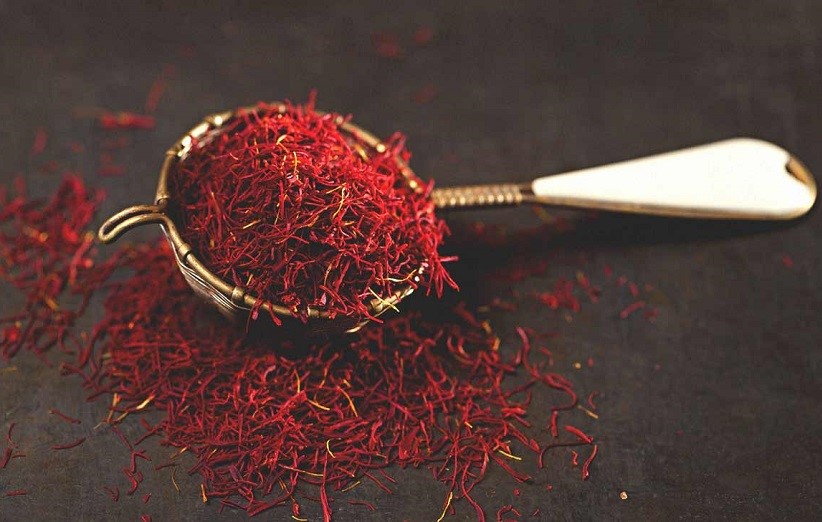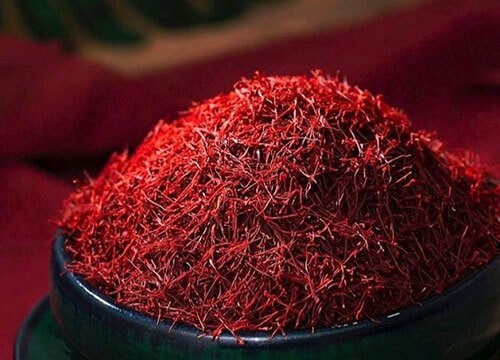How to Tell the Difference and Buy with Confidence
Saffron is one of the most luxurious and expensive spices in the world, often referred to as “Red Gold.” However, with high demand and price comes imitation. Not all saffron on the market is genuine or high quality. So, how can you tell the difference between good and bad saffron? Knowing what to look for ensures you enjoy saffron’s full benefits—without wasting your money.Good vs. Bad Good vs Bad Saffron

Why Saffron Quality Matters
Saffron is prized for its rich color, strong aroma, and powerful health properties. These come from natural compounds like crocin, safranal, and picrocrocin. But fake or low-quality saffron lacks these vital compounds.Good vs Bad Saffron
As a result, you may not experience the desired flavor, color, or wellness benefits. Worse yet, adulterated saffron may even be unsafe. Therefore, learning how to identify real, premium saffron is essential.Good vs Bad Saffron
Common Uses That Require Pure Saffron
-
Cooking (rice, desserts, sauces)
-
Herbal teas and saffron milk
-
Skincare products and masks
-
Natural supplements for mood and health
In all these cases, only genuine saffron delivers real results.
Key Differences: Good vs Bad Saffron
Here’s how to spot the difference between pure, high-quality saffron and its inferior or fake alternatives.
1. Color and Appearance
Good saffron:
-
Deep red threads with orange tips (stigmas)
-
Uniform length and dry but not brittle
-
No yellow or white parts (which are fillers)
Bad saffron:
-
Pale or overly bright red (may be dyed)
-
Sticky, broken, or uneven threads
-
Presence of yellow styles to increase weight
Therefore, always inspect the saffron threads carefully before buying.
2. Aroma and Flavor
Good saffron has a strong, earthy, slightly sweet aroma—some say it smells like honey with a touch of hay. It should also have a slightly bitter, yet pleasant taste.
Bad saffron often smells like chemicals or has no aroma at all. That’s a major red flag.
3. Water Test
One simple home test is to soak a few threads in warm water or milk.
-
Good saffron releases a golden-yellow hue slowly over 10–15 minutes, and the threads remain intact.
-
Fake or dyed saffron colors the water instantly and often loses its color, indicating artificial dyes.
How to Buy High-Quality Saffron
When shopping for saffron, consider the following tips:
-
Buy from trusted brands or certified sources
-
Look for lab-tested, Grade A saffron
-
Choose threads (not powder) to avoid fillers
-
Avoid extremely cheap deals—they’re often too good to be true
Final Thoughts: Choose Real Saffron, Reap Real Benefits
The difference between good and bad saffron is not just visual—it directly impacts taste, aroma, and health value. By knowing what to look for, you can confidently choose genuine saffron that delivers exceptional quality and performance.
Shop Premium-Grade Saffron Today
We offer 100% pure, hand-harvested saffron with deep color, strong aroma, and guaranteed quality. Whether you’re using it for health, cooking, or skincare, experience the real deal—shop now and bring home the best saffron nature has to offer.






